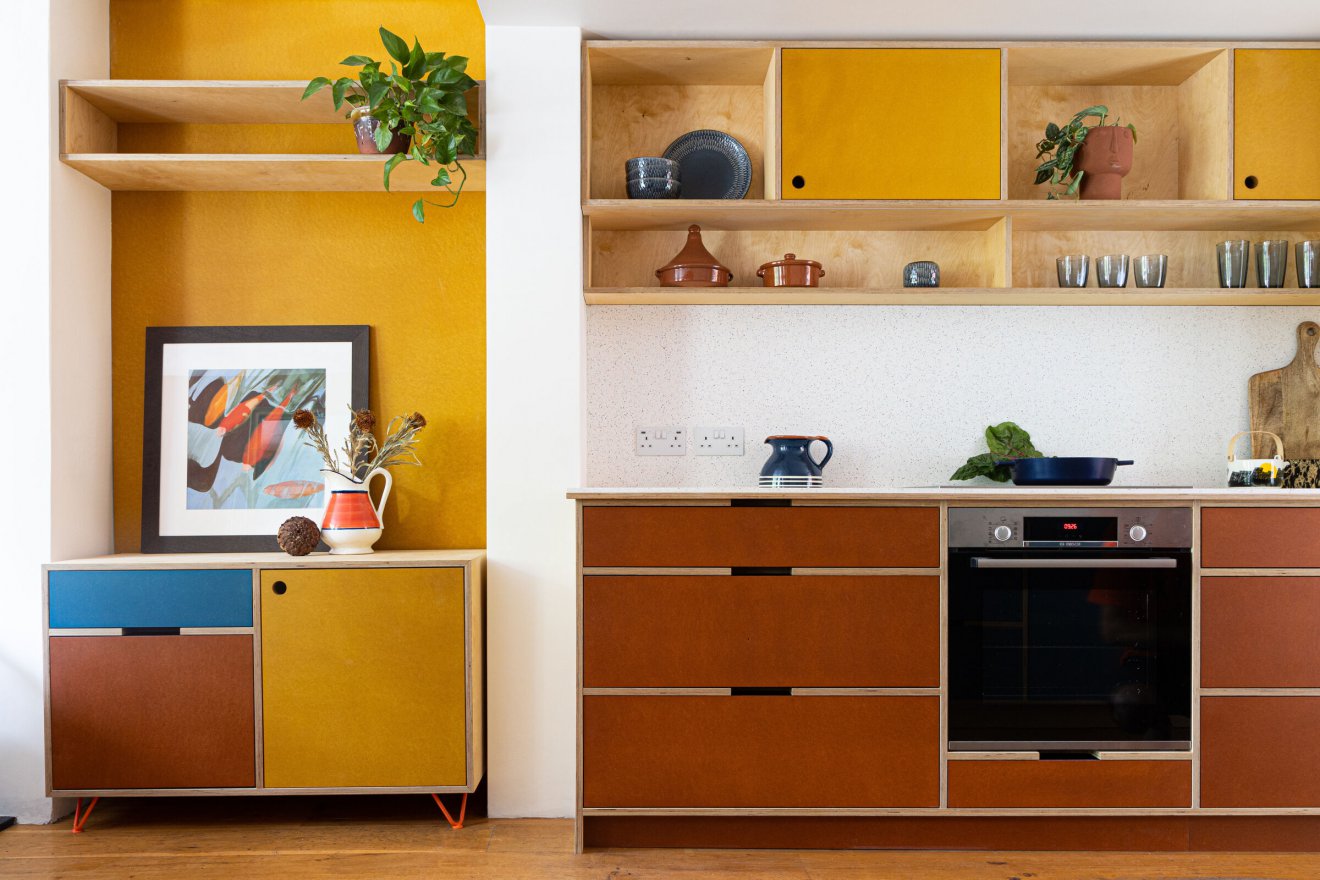
19 June 2023
Designing for Sustainability
With the target for net zero carbon emissions drawing rapidly closer, it’s no secret that the action needed to tackle the climate crisis has gone beyond critical. As designers, we are able to hugely influence the sustainability of homes and businesses as we decide which materials will be used and how the space will be interacted with on a daily basis. We therefore, have a responsibility to create designs that have as little negative impact on the environment as possible.
The topic of sustainability is vast and immensely complex, but there are a few broader key principles that interior designers can focus on to enable them to play their part in tackling the climate crisis.
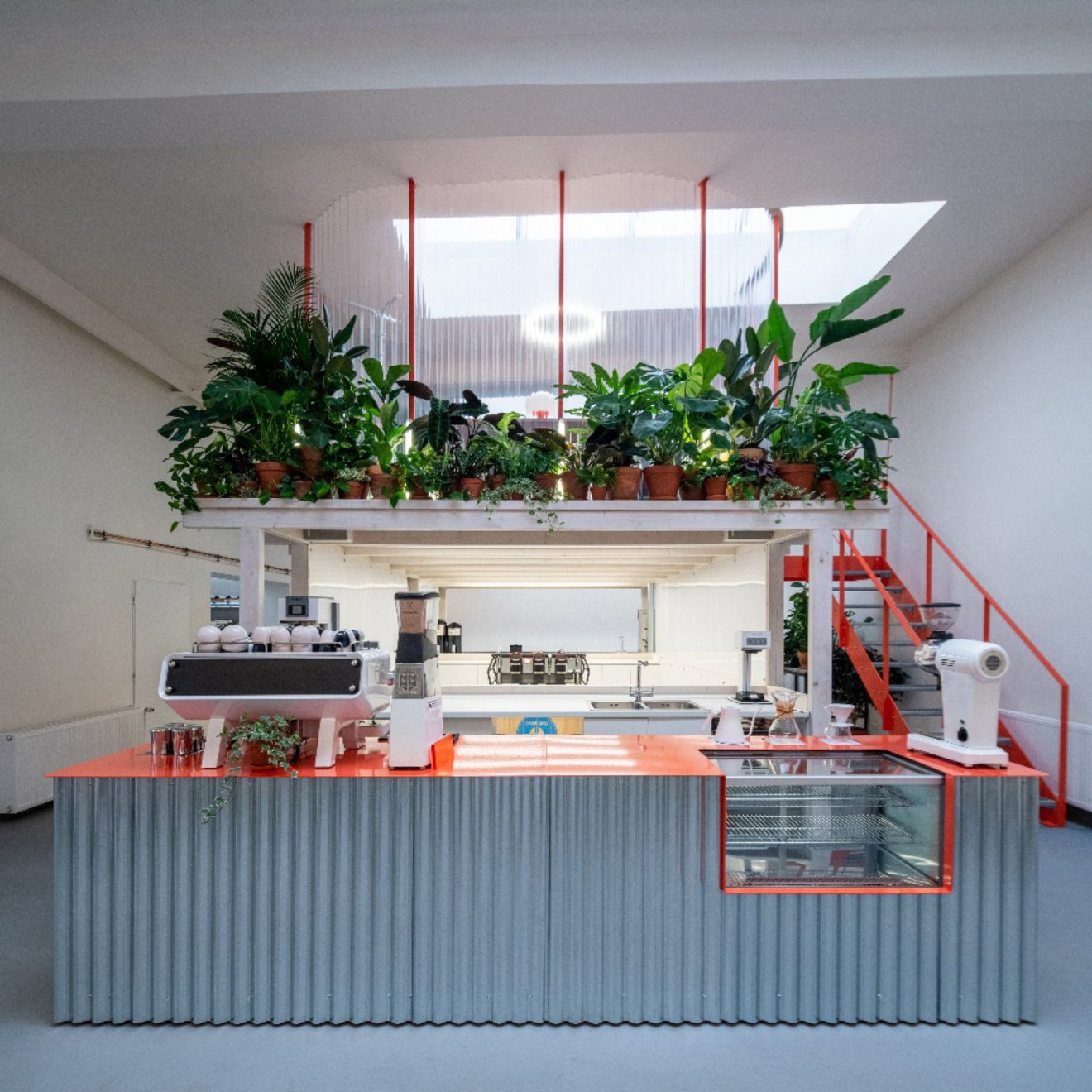
Energy efficiency
Energy consumption is one of the biggest contributing factors to carbon emissions. Architects and interior designers play a key role in the energy efficiency of a build or design scheme. A more thoughtful and considerate design process is perhaps the key to achieving this. Providing renewable non-carbon-based energy to a building is at the top of the agenda, a focus on renewable materials and maximising insulation is also vital. Windows and doors should be well insulated with appropriate curtains or blinds. Carpets are a fantastic way to insulate floors. Maximising natural light sources has the potential to reduce the amount of artificial light needed in a space.
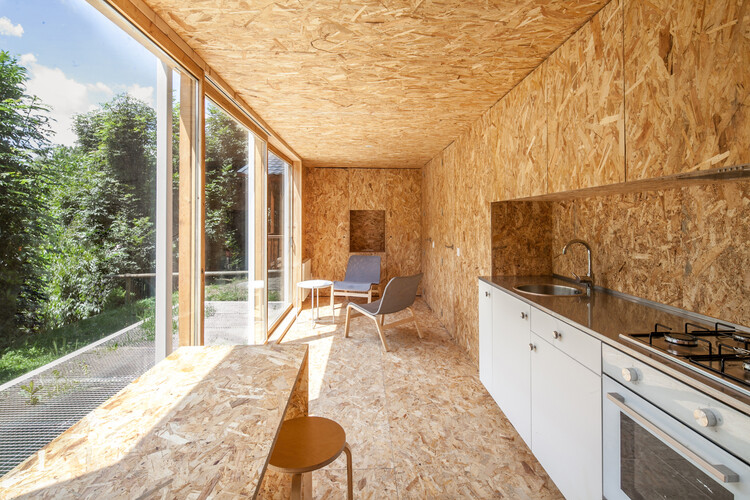
Designing for waste reduction
Using materials that are renewable such as reclaimed wood, bamboo, cork, jute, recycled glass, metals and plastics are all quality materials that look great and can be incorporated into a variety of different design schemes.
We mustn’t forget, though, that natural resources need to be treated with responsibility and respect too. Materials that are quickly renewable and are extracted in an environmentally sensitive way should be top of the list. Some of the best sustainable and renewable materials also look great, meaning that there does not need to be a compromise on the aesthetic of a design scheme. Holistic and natural schemes cry out for the use of natural woods and stones, whereas recycled metals and glass complement a more industrial look.

Recycling and Upcycling
The integration of the sustainable and renewable materials already mentioned can be combined with sourcing brands that create products made from waste, recycled or biomaterials. Upcycling pre-owned items can also have a big impact on waste reduction. A fresh coat of paint or re-upholstering items in eco-conscious fabrics are great ways to do this.
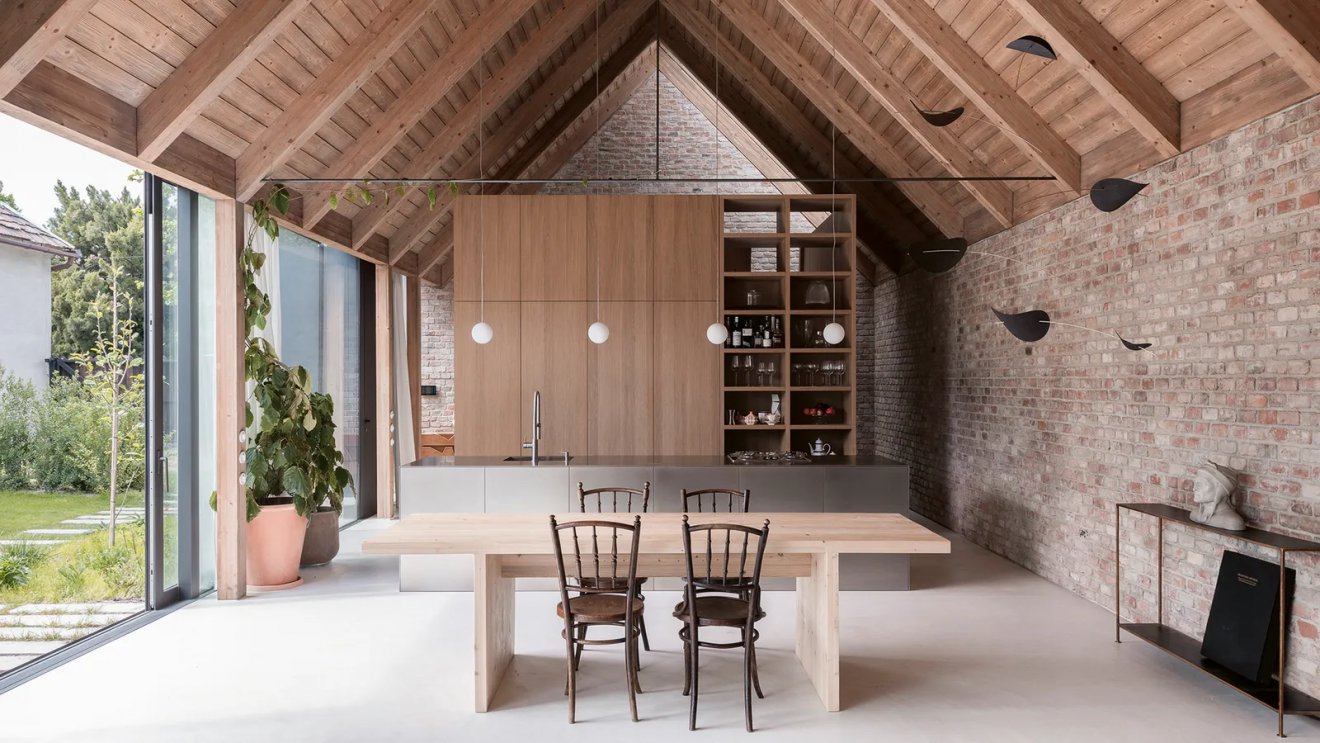
Designing for Flexibility & Longevity
Designing for longevity means designing collaboratively. Working closely with clients to ensure that they get exactly what they want and that their space grows with them. A space that is treasured by its end user and is adaptable has a good chance of standing the test of time. Close collaboration with tradespeople and selecting high-quality materials and furniture pieces will guarantee their lifespan. Commissioning bespoke furniture pieces for example, that are built to last, are all part of the bigger environmental picture.
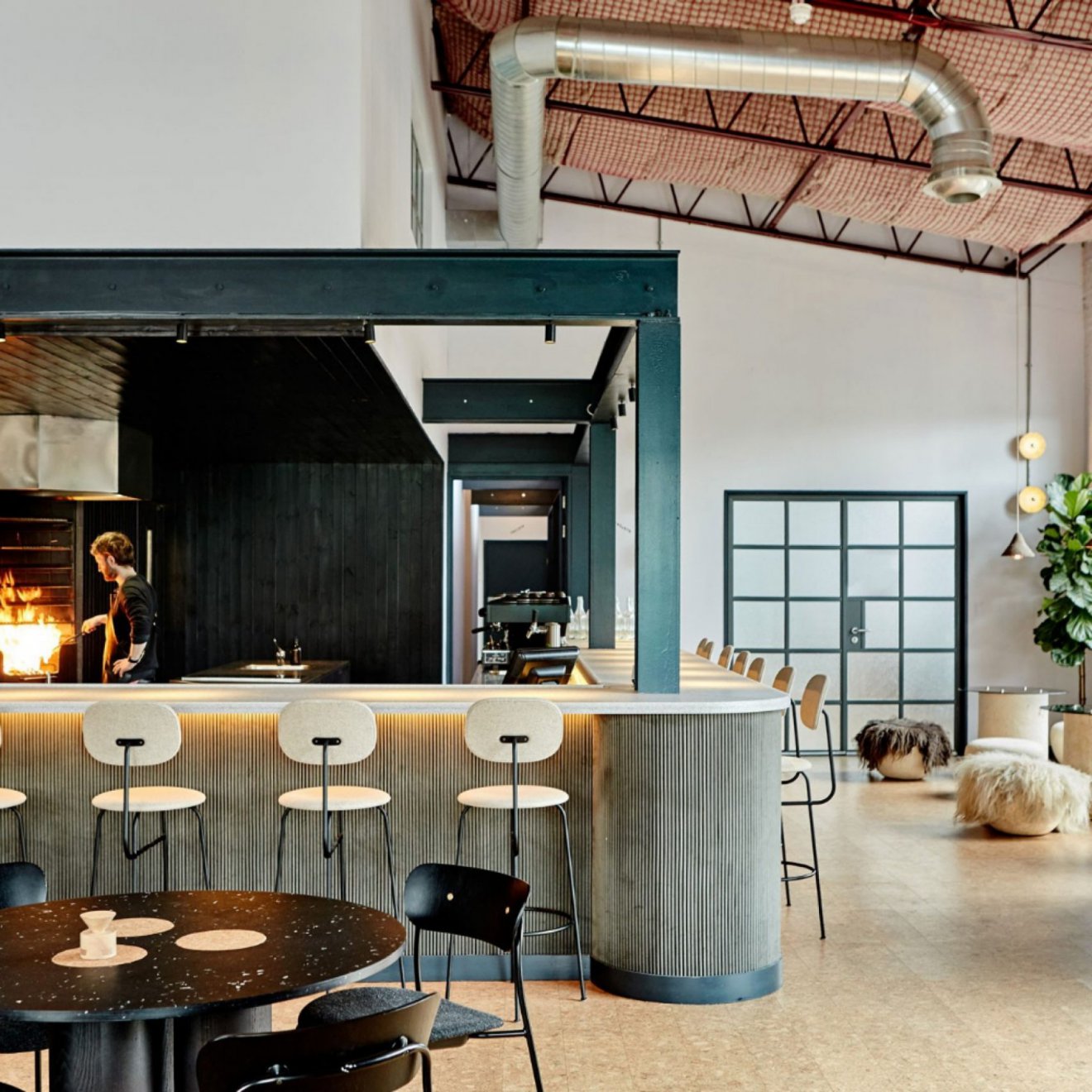
Designing for health and well-being
Considerate designs that factor in our physiological and psychological needs are crucial. Air quality is paramount and products used should not negatively affect our health, which in turn, will not negatively affect the environment. Using plants as natural air filters and choosing products that are low in VOC emissions are fantastic ways to preserve air quality.
Auric is a small business, so for us, it’s about keeping the picture relatively small. This helps us to ensure that we are doing our best to limit any negative impact we have on the environment. There is a delicate balance to strike between design, cost and materiality, and we try to do the very best that we can do with the resources we have. We repurpose materials wherever possible, and, if a client wants a clear out of their old furniture to make way for new, we will always do our utmost to make sure it is rehomed. We try to steer clients towards the most sustainable materials wherever possible. We also design and commission many quality, bespoke pieces that are manufactured by talented craftspeople who we know and trust.
Perhaps the most important factor, though, is that of collaboration and communication. Truly understanding what a client wants from a space and giving that space the potential to adapt and grow with them gives us a solid foundation when it comes to achieving our sustainability goals.
